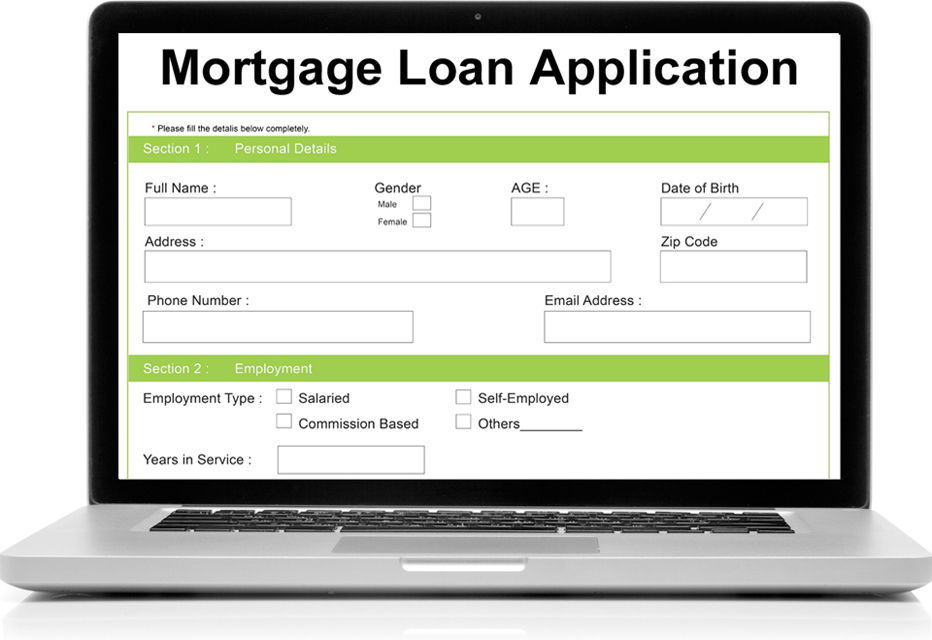August 18, 2011 (Chris Moore)
The National Association of Realtors (NAR) reported existing home sales fell 3.5 percent in July, declining for the third time in four months. Homes sold at a seasonally adjusted rate of 4.67 million, lagging behind last years pace of 4.91 million homes which were the weakest sales figures in 13 years.
The sales rate was still 21.0 percent above the 3.86 million unit pace in July of last year, which was primarily due to home sales in July of last year suffering from the hangover caused by the expiration of the home buyer tax credit.
The national median existing home price for all housing types also declined to $174,000 in July, a decrease of 4.4 percent from July of last year.
Purchase cancellations, which had spiked from 4 percent in May to 16 percent in June, continued to be a source of concern in July as cancellations caused by declined mortgage applications and low appraised values remained at the same level in July as in June. NAR also cited continuing tight lending standards as one of the other primary reasons for the dismal July sales figures.
Lawrence Yun, NAR chief economist, stated, “Affordability conditions this year have been the most favorable on record dating back to 1970, but many buyers are being held back because banks are offering financing to only the most highly qualified borrowers, ignoring a large share of otherwise creditworthy buyers.”
Meanwhile, NAR President Ron Phipps added, “Beyond the tight credit problems, all appraisals must be done by valuators with local expertise and using reasonable comparisons – it doesn’t make sense to consistently see so many valuations coming in below negotiated prices, often below replacement construction costs.”
All indications are things are going to get worse before they get better. Even President Obama conceded this week that “it will probably take this year and next year for us to see a slow appreciation again in the housing market.”
He also stated a housing rebound will require “consumers and banks and the private sector working alongside government.” We tend to think, and believe many agree, that the best thing government can do is to get out of the way.
Last month, NAR stated economic uncertainty and the uncertainty over the future direction of the housing market have also caused home buyers to re-think their home purchases as the reason for the sudden elevation in purchase cancellations.
Recent polls would suggest that’s true as consumer confidence in their finances and jobs and the direction the country is heading have plummeted.
Mortgage rates in July hovered near historic lows with 30-year conventional fixed rate mortgages averaging 4.55 percent. And yet despite historically low rates for the last few years, the result has been continuing dismal sales. Even this week, the Mortgage Bankers Association’s weekly mortgage applications index posted record low interest rates, yet purchase applications, a sign of sales activity, declined.
No matter how hard the federal government tries, low interest rates alone won’t fix the housing problem. Most of the “economic uncertainty” centers around jobs…creating jobs for those who want one and keeping the jobs for those who do have one.
The fact is, the one person who has been talking about jobs for the last four years, who went on a campaign tour this week in a $1.1 million bus that the taxpayers paid for, just to announce he had a jobs plan…that won’t be revealed until September, has lost the confidence of the American people and the housing market will continue to suffer until there are people out there who can and want to purchase a home.
Distressed property sales accounted for 29 percent of all sales in July, down from 30 percent in June, and down from 32 percent in June of 2010.
Repeat buyers continued to make up the lion’s share of purchasers in July accounting for 50 percent of all purchases, unchanged from June, while first-time home buyer’s percentage of purchases inched up slightly, accounting for 32 percent of all purchases, up from 31 percent in June. Investors accounted for the rest of the sales with 18 percent of the purchases made in July.
Regionally, existing home sales in the Northeast increased 2.7 percent to an annual pace of 750,000 sales in July and are 19.0 percent above July 2010 levels, while existing home sales in the Midwest rose 1.0 percent in July to a pace of 1.04 million sales and are 14.0 percent above year ago levels.
In the South, existing home sales declined 1.6 percent to an annual level of 1.84 million sales in July but are 19.5 percent above July 2010 levels, and in the West, existing home sales declined 12.6 percent to an annual pace of 1.04 million sales in July and are 16.9 percent above year ago levels.
The median price in the Northeast was $245,600, a decline of 6.8 percent from a year ago, while the median price in the Midwest was $146,300, down 2.9 percent from July 2010.
The median price in the South was $152,600, a decline of 2.2 percent from a year ago and in the West the median price was $208,300, down 7.1 percent from July 2010.
Tags: NAR, existing home sales, affordable conditions, low mortgage rates, declining prices, low appraisals, cancelled contracts, median home price
Source:
NAR



